The Anthropocene Surge -
evolution, expansion and depth of Vienna’s urban environment
Anthropocene is a widely used term, a symbol that denotes the rising anthropogenic influence on the Earth System, especially on geological processes and strata. Potential Anthropocene geological units are thin but distinct and globally widespread, changes are long-lived or irreversible.
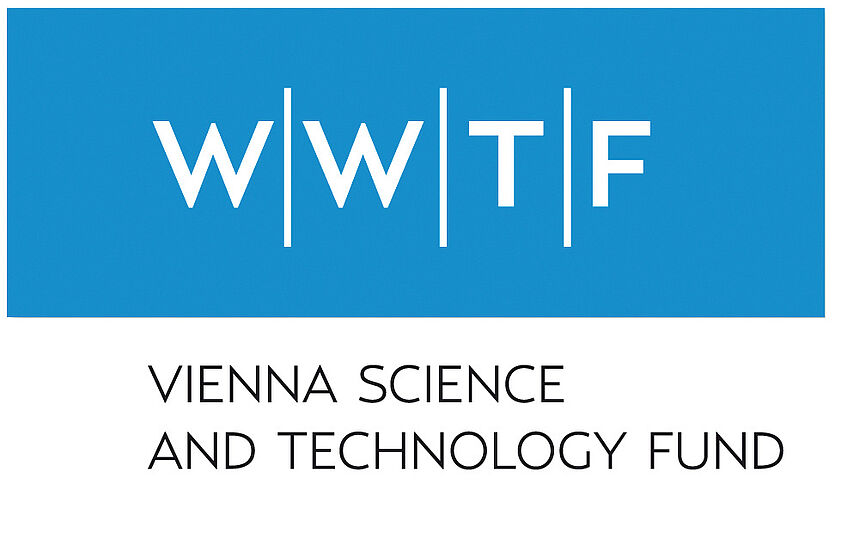
The interdisciplinary research project funded by the WWTF (Vienna Science and Technology Fund) aims to explore the growth of the Anthropocene signal in the urban environments of Vienna. The Anthropocene Surge refers to the accelerating growth of urban deposits under cities such as Vienna from pre-historic and historic to recent times, caused by a combination of human and geological forces. Combining natural sciences, social sciences and art within this project, it is regarded as a unique chance for a holistic view on the Anthropocene and its stratigraphy.
Hypothesis
The key hypothesis of the project is the Anthropocene surge, the accelerating and propagating wave of human influence on the environments and urban geology. The main research question is how the Anthropocene evolved in the urban environments of Vienna, what anthropogenic markers can be identified and how can we develop a more tangible and imaginable access to those changes on an outreach level.

Drill Cores (© M. Meszar)
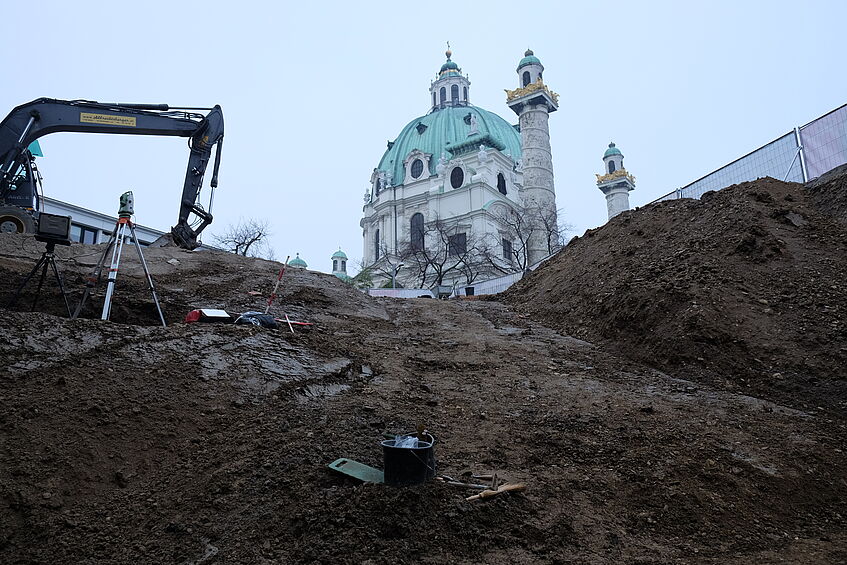
Excavation Site Karlsplatz (© Stadtarchäologie Wien, C. Litschauer)
Study Area
Vienna is a prominent place to carry out this study given that the first geological city map recognizing anthropogenic strata was published by the famous Austrian geologist Eduard Suess in 1862. The topic of the Anthropocene is clearly multidisciplinary, involving Earth Sciences, Archaeology, Geography, Social Sciences, Humanities and Arts.
Process
Anthropogenic deposits have to be characterized and dated by their sedimentological features but also by artefacts ('technofossils'). 3D models of the anthropogenic strata will thus benefit from archaeological data. On the other hand, geochemical methods will provide further characterization of archaeological sites. All those data will then be implemented into a common GIS-system and for the first time into 3D models of the ground of Vienna, and its evolution in time.
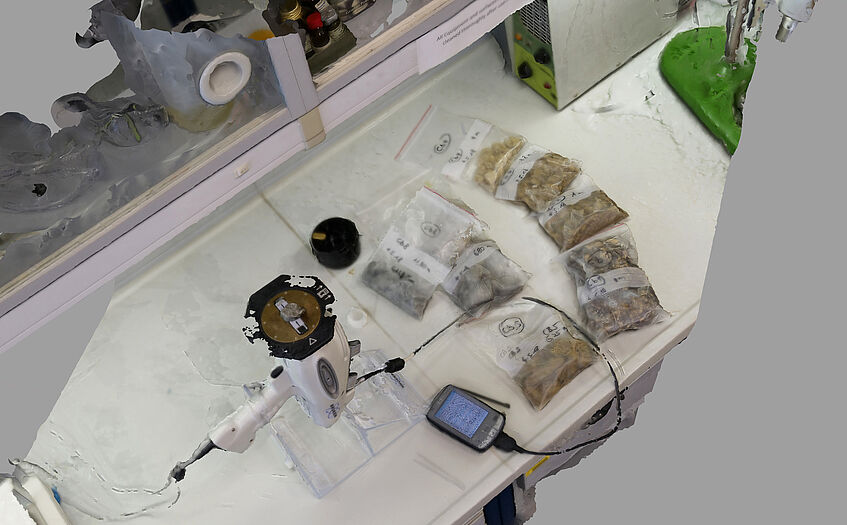
Handheld XRF (© K. Hornek)
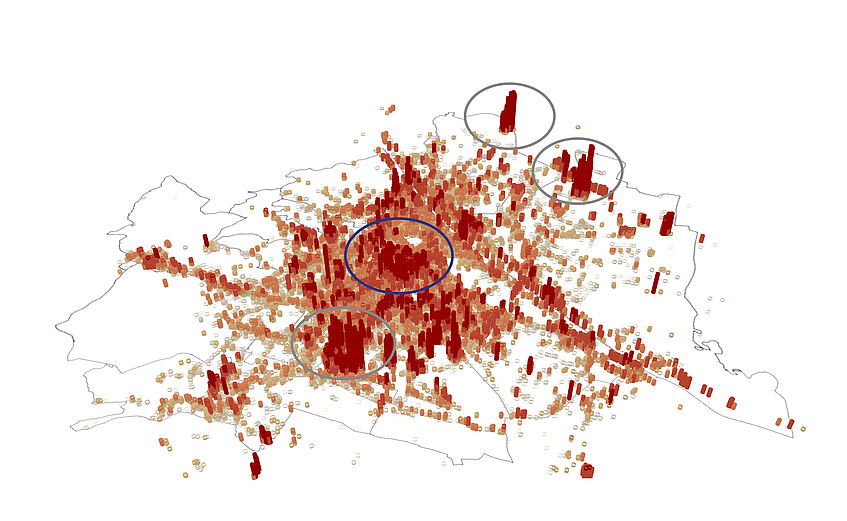
GIS model (© K. Lappé)
An artistic approach allows different viewpoints from other fields such as Humanities and Arts to accompany the discussion and the discourse with social sciences. A multimedia installation will compile the hybrid body of Vienna’s cultural sedimentation archive as a collective character, which explores the profound changes in the relationship between human cultures, “natural” environments and global technologies in the age of the Anthropocene.

First visual sketches (© K. Hornek)
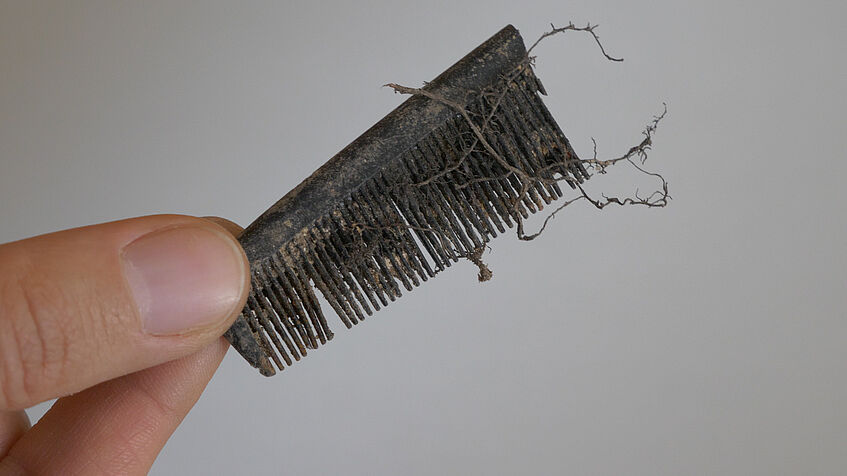
Finds at the Excavation site Karlsplatz (© K. Hornek)
